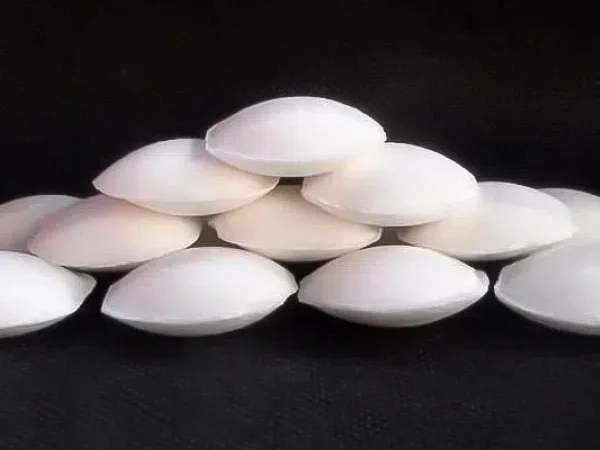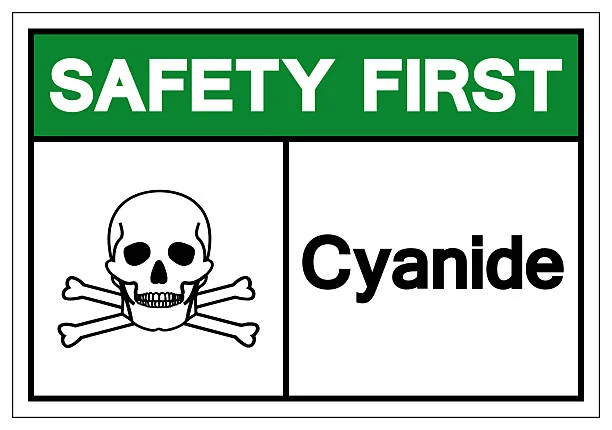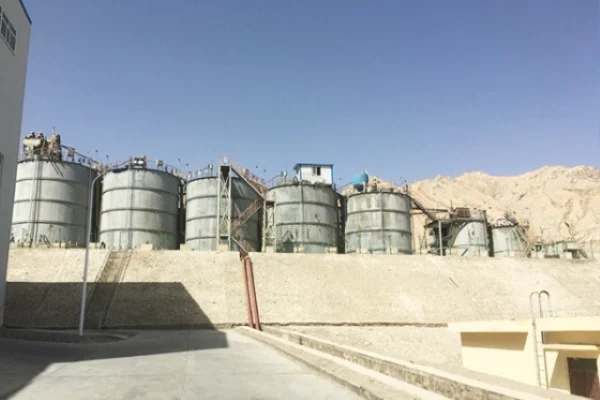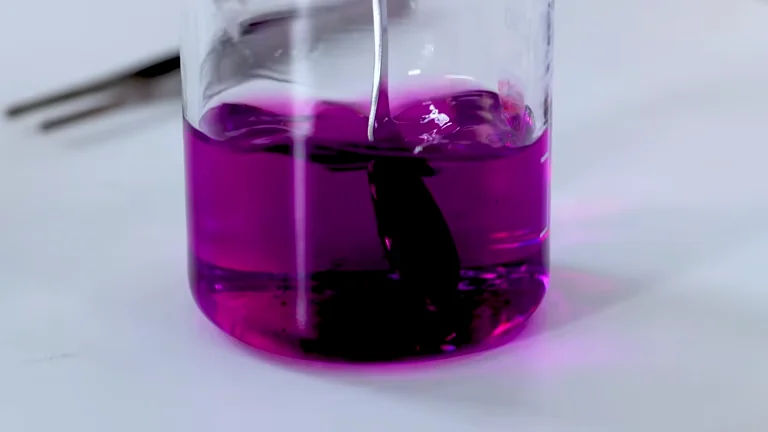
Introduction
Sodium cyanide (NaCN), a chemical compound with a molecular weight of 49.007 g/mol, is a white crystalline solid. It is highly toxic and requires extremely careful handling. Despite its toxicity, sodium cyanide plays several significant roles in the textile printing and dyeing industry. This article will explore these functions in detail, along with considerations regarding its use.
Functions in Textile Printing and Dyeing
1. Mordant in Dyeing Processes
In textile dyeing, a mordant is a substance used to help dyes adhere to the fabric. Sodium cyanide can act as a mordant in certain dyeing processes. It forms complexes with metal ions present in some dyes and the textile fibers. For example, in the case of natural dyes that contain metal - containing chromophores (the part of the molecule responsible for color), Sodium Cyanide can enhance the binding between the dye and the fiber. This is because the cyanide ion (CN⁻) has a strong affinity for metal ions. It can form coordination complexes, which in turn bridge the gap between the dye and the fabric, resulting in more colorfast and durable dyeing.
2. Synthesis of Textile Fibers
Almost all synthetic fibers used in the textile industry rely on Sodium cyanide during their production process. For instance, in the synthesis of nylon, one of the most common synthetic fibers, sodium cyanide is used in the manufacturing of adiponitrile, which is a key intermediate. The reaction pathway involves the use of sodium cyanide to introduce nitrile groups. In the case of polyester fibers, although the process is more complex and often involves different chemical reactions compared to nylon, sodium cyanide can still be involved in the synthesis of some of the starting materials or in certain catalytic processes. These synthetic fibers are widely used in the textile industry due to their desirable properties such as strength, durability, and wrinkle - resistance, and sodium cyanide plays an essential role in their production.
3. Dye Production
Sodium cyanide is used in the production of various dyes used in textile printing and dyeing. It serves as a raw material in the synthesis of certain types of dyes, especially those with complex chemical structures. For example, in the production of some reactive dyes, which are widely used for dyeing cellulosic fibers like cotton, sodium cyanide may be involved in the multi - step synthesis process. Reactive dyes form covalent bonds with the fiber molecules during the dyeing process, providing excellent colorfastness. The cyanide - containing compounds can be used to construct the reactive groups within the dye molecule that are responsible for this covalent bond formation.
Safety and Environmental Considerations
Given its highly toxic nature, the use of sodium cyanide in the textile industry must be strictly regulated. Inhalation, skin contact, or ingestion of even small amounts of sodium cyanide can be fatal to humans. It can cause cells to be unable to use oxygen, leading to rapid cell death and ultimately, if a sufficient dose is absorbed, death of the individual.
From an environmental perspective, proper disposal of any waste containing sodium cyanide is crucial. If released into water bodies, sodium cyanide can hydrolyze to form hydrogen cyanide gas, which is also extremely toxic and can pose a threat to aquatic life and the surrounding ecosystem. In many countries, there are strict laws and regulations governing the storage, handling, and disposal of sodium cyanide in industrial settings, including textile printing and dyeing facilities. These regulations aim to minimize the risk of accidents and environmental contamination.
Conclusion
Sodium cyanide, despite its well - known toxicity, plays important roles in textile printing and dyeing, from facilitating the dye - fabric binding as a mordant to being a key component in the synthesis of textile fibers and dyes. However, due to its extreme toxicity and potential environmental hazards, its use must be carefully monitored and controlled. As the textile industry continues to evolve, efforts are also being made to develop alternative processes and chemicals that can achieve the same results without the associated risks of using sodium cyanide.
- Random Content
- Hot content
- Hot review content
- Sodium bisulfite 99% High Quality Factory Supply
- Toluene
- Dodecylbenzenesulfonic acid
- Fertilizer magnesium sulfate/magnesium sulfate monohydrate
- Adipic acid 99% used as the material of nylon 66
- Di(ethylene Glycol) Vinyl Ether
- Cobalt Sulfate 98% Brown yellow or red crystal
- 1Discounted Sodium Cyanide (CAS: 143-33-9) for Mining - High Quality & Competitive Pricing
- 2China's New Regulations on Sodium Cyanide Exports and Guidance for International Buyers
- 3Sodium Cyanide 98% CAS 143-33-9 gold dressing agent Essential for Mining and Chemical Industries
- 4International Cyanide(Sodium cyanide) Management Code - Gold Mine Acceptance Standards
- 5China factory Sulfuric Acid 98%
- 6Anhydrous Oxalic acid 99.6% Industrial Grade
- 7Oxalic acid for mining 99.6%
- 1Sodium Cyanide 98% CAS 143-33-9 gold dressing agent Essential for Mining and Chemical Industries
- 2High Quality 99% Purity of Cyanuric chloride ISO 9001:2005 REACH Verified Producer
- 3Zinc chloride ZnCl2 for High Molecular Weight Polymers Initiator
- 4High Purity · Stable Performance · Higher Recovery — sodium cyanide for modern gold leaching
- 5High Quality Sodium Ferrocyanide / Sodium Hexacyanoferr
- 6Gold Ore Dressing Agent Safe Gold Extracting Agent Replace Sodium Cyanide
- 7Sodium Cyanide 98%+ CAS 143-33-9











Online message consultation
Add comment: